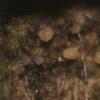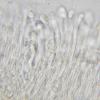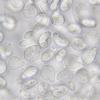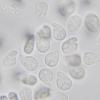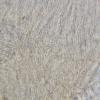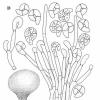
21-12-2025 09:32
Hello.A tiny ascomycete found embedded in wood in

21-12-2025 21:32
Pol DebaenstHello, Garden, Burgweg 19, Veurne, BelgiumOn 10/1

22-12-2025 23:38
Patrice TANCHAUDBonsoir, récolte sur un mur en pierre, apothéci

22-12-2025 00:47
Patrice TANCHAUDBonsoir, récolte à proximité du milieu dunaire

21-12-2025 21:40
Isabelle CharissouBonjour, j'aimerais connaitre les références de

20-12-2025 23:08
Patrice TANCHAUDBonsoir, récolte sur sol sablonneux dans l'arri�
Asexual morph
Gernot Friebes,
05-11-2015 18:19
this curious asexual morph was found on a wet and decorticated Fagus trunk. The conidia are about 9-11 µm long and have three septa. Maybe someone recognizes it. :-)
Best wishes,
Gernot
Alain GARDIENNET,
05-11-2015 18:30
Re : Asexual morph
Hi Gernot,
Perhaps around Helicomina ?
Alain
Chris Yeates,
05-11-2015 19:46
Gernot Friebes,
07-11-2015 10:48
Re : Asexual morph
Hi Alain & Chris,
Hyalotrochophora indeed cought my eye when looking through The Genera of Hyphomycetes and using the key I also arrived at that genus. I contacted Keith Seifert and he agreed that the morphological similarities to the type and other Canadian collections of H. lignatilis are very high. He also mentioned that it would be nice to compare sequences of this collection with Canadian material to see if they are actually the same species. So I think for now we can assume that this collection is indeed H. lignatilis or a closely related species.
Thanks again to everyone involved!
Best wishes,
Gernot
Hyalotrochophora indeed cought my eye when looking through The Genera of Hyphomycetes and using the key I also arrived at that genus. I contacted Keith Seifert and he agreed that the morphological similarities to the type and other Canadian collections of H. lignatilis are very high. He also mentioned that it would be nice to compare sequences of this collection with Canadian material to see if they are actually the same species. So I think for now we can assume that this collection is indeed H. lignatilis or a closely related species.
Thanks again to everyone involved!
Best wishes,
Gernot
